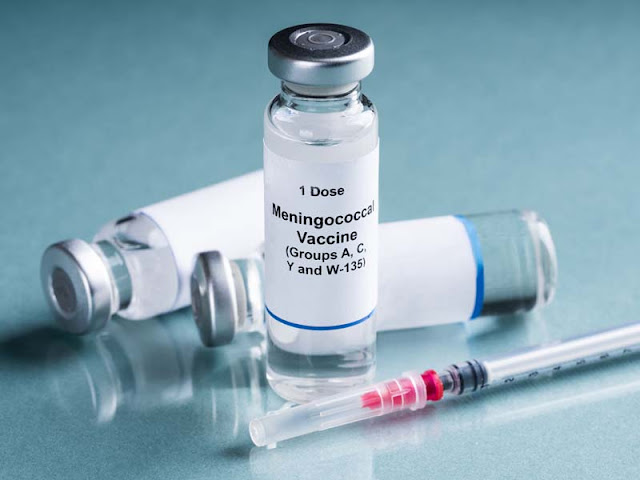Smart Tools, Smart Health: A Comprehensive Guide to Diabetes Monitoring Devices of Tomorrow
 |
| Diabetes Monitoring Devices |
Diabetes is a chronic health
condition that affects millions of people worldwide. While there is no cure for
diabetes, advanced technologies have made managing the condition much easier
over the years. Diabetes monitoring devices have enabled people with diabetes
to take control of their health and reduce the risks associated with
fluctuating blood sugar levels. This article discusses some of the key diabetes
monitoring devices that are revolutionizing diabetes management.
Continuous Glucose Monitoring
Devices
One of the most innovative
diabetes monitoring technologies to emerge in recent years is continuous
glucose monitoring (CGM) devices. Unlike conventional blood glucose meters that
require finger pricks for testing, CGM devices use a small sensor inserted
under the skin to continuously monitor glucose levels in interstitial fluid.
Some key advantages of CGM devices include:
- Real-time glucose readings: CGM
devices provide real-time glucose readings every few minutes, allowing users to
easily track trends and patterns. This helps identify reasons for high or low
readings.
- Alerts for high/low glucose:
Sophisticated CGM systems are able to set alerts to warn users when their glucose
levels go above or below set thresholds. This can help prevent dangerous hypo-
or hyperglycemic episodes.
- Trend arrow indications: In
addition to numbers, CGM devices also show trend arrows indicating if glucose
levels are rising, falling, or stable. This guidance on direction and speed of
change is very useful.
- Sharing data with clinicians:
Detailed CGM reports and glucose graphs can be downloaded and shared with
healthcare providers. This analysis helps clinicians evaluate treatment plan
effectiveness and modify medications/dosages accordingly.
- Avoiding routine finger pricks:
With constant monitoring, there is no need for routine finger pricks for
glucose checks using portable meters. This makes management significantly more
convenient.
The downside is that diabetes
monitoring devices are more expensive than conventional meters.
However, the clinical benefits have prompted many insurance plans to provide
full or partial coverage. Overall, CGM has emerged as a game-changer for
achieving optimal glucose control.
Smart Insulin Pens and Pumps
Another technological advancement
aiding diabetes management is smart insulin delivery devices that combine
insulin administration and glucose monitoring. Two prominent examples are:
- Smart insulin pens: Certain
reusable insulin pens can now record dosing data alongside CGM readings to better
understand relationships between insulin administered, food intake and
resulting BG levels.
- Insulin pumps: Advanced insulin
pumps that can integrate with CGM sensors areknown as "smart pumps".
In addition to continuous basal insulin delivery, they allow pre-programmed
bolus doses. Smart pumps can suspend insulin delivery when sensors detect
impending hypoglycemia.
The connectivity between such
smart devices and CGM enables features like predictive low glucose management.
Detailed analytics and reports shared with care teams ensure treatment is
timely modified. However, integrated systems tend to be more expensive than
individual components.
Portable Glucose Meters
While CGM offers round-the-clock
monitoring, inexpensive portable glucose meters remain important for occasional
spot-checks and when calibrating some CGM systems. Key aspects of modern
portable meters include:
- Small, sleek and wirelessly
connected: Meters are compact, lightweight devices that transfer readings to
companion apps on phones/devices.
- Fast results: Advanced testing
strips provide results within seconds to quickly act on readings without
delays.
- Alternate site testing: Newer
meters approve arm, thigh or calf as testing sites to avoid finger pricks. This
is more convenient and less painful.
- Storage and tracking: Readings
can be stored and analyzed in meter memory or sync’d to apps. Graphs and
reports shared with care teams provide clinical insights.
Even as CGM gains prominence,
portable meters serve an essential complementary role in diabetes management at
an affordable price point. Many people use both technologies together for
comprehensive tracking.
Health and Fitness Wearables
Beyond dedicated diabetes
devices, health-focused smartwatches and fitness trackers are increasingly
finding use cases in diabetes care through features like:
- Step counting: Helps visualize
and achieve daily activity goals. Studies link activity with better glucose
control.
- Heart rate monitoring: Alerts
to periods of high exertion when BG checks or carbohydrate intake may be
needed.
- Sleep monitoring: Poor sleep
quality can disrupt glucose levels. Trackers identify sleep patterns.
- Connectivity: Apps share BG
readings and activity data between devices and care providers.
- Reminders: Customized alerts
for tasks like medicine or testing as reminders on the wrist.
While these mainstream devices
lack specialized diabetes functions, their all-day usability and motivational
aspects enhance management when paired with dedicated meters or CGM. The market
for such multi-purpose devices continues to expand.
Get more insights on diabetes
monitoring devices



Comments
Post a Comment